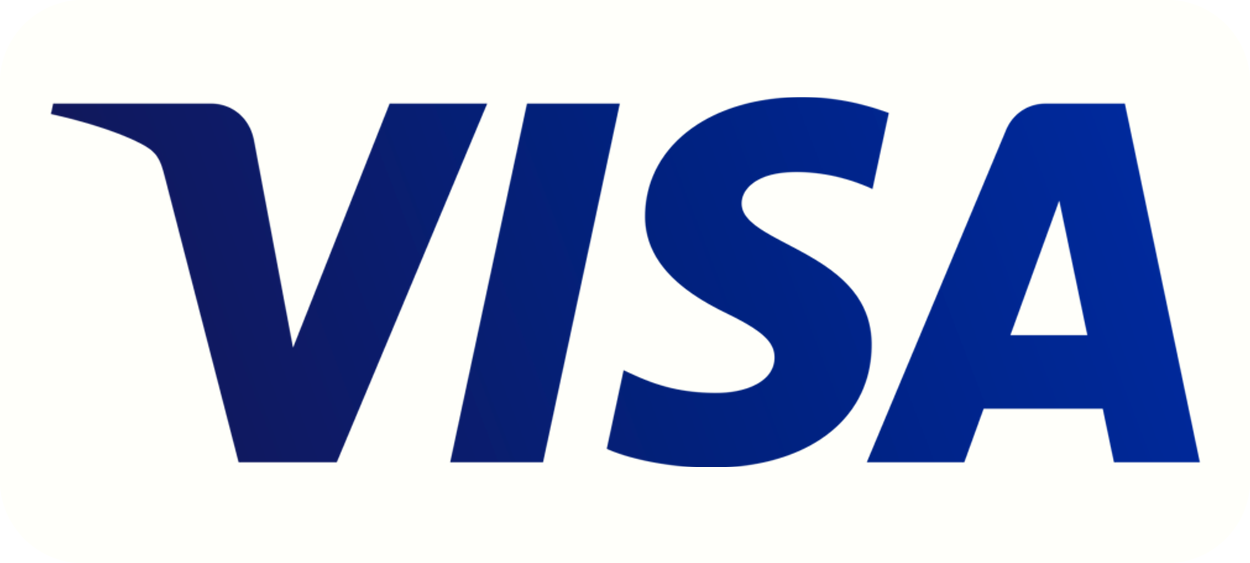Water leaks can be a homeowner’s nightmare, causing damage to your property, increasing your water bills, and even posing health risks. Early detection is crucial in preventing water leaks from turning into costly and extensive issues. In this article, we will explore various water leak detection methods to help you maintain a dry and safe home.
1. Visual Inspection:
One of the most straightforward methods of water leak detection is a visual inspection. Regularly examine areas prone to leaks, such as the underside of sinks, around toilets, and near water-using appliances. Look for signs of moisture, discoloration, or water stains, which can indicate an active or past leak.
2. Water Meter Monitoring:
Your water meter can be a valuable tool for detecting leaks. Turn off all water-using appliances and fixtures in your home and check if the meter reading continues to increase. A continuous rise in the reading may suggest an undiscovered water leak.
3. Moisture Sensors:
Moisture sensors are devices that can detect water accumulation in areas prone to leaks, such as basements, crawl spaces, or near water heaters. When they come into contact with water, these sensors trigger an alarm or alert, giving you an early warning of a leak.
4. Acoustic Leak Detection:
Acoustic leak detection involves using specialized equipment to listen for the sound of water escaping from pipes. The hissing or rushing sound of water can be pinpointed to locate the source of a leak, even behind walls or underground. This method is commonly used by professional plumbers.
5. Infrared (IR) Cameras:
Infrared cameras or thermography can detect temperature differences caused by water leaks. Wet areas typically have a different temperature profile than dry areas. IR cameras can identify these differences, helping you locate hidden leaks within walls or ceilings.
6. Dye Testing:
Dye testing is a simple method used to check for toilet leaks. Place a few drops of food coloring into the toilet tank and wait for about 30 minutes without flushing. If the color appears in the toilet bowl, it indicates a leak in the tank that requires attention.
7. Video Pipe Inspection:
For hard-to-reach areas like sewer lines, video pipe inspection is a highly effective method. A tiny camera is inserted into the plumbing system, allowing you to see the inside of pipes on a monitor. This is a valuable technique for identifying leaks or blockages in underground or concealed pipes.
8. Pressure Testing:
Pressure testing is often used by plumbers to check for leaks in the water supply lines. By increasing the pressure within the pipes and monitoring it for any drops, professionals can identify leaks. This method is especially useful for diagnosing hidden pipe leaks.
9. Automated Leak Detection Systems:
Automated leak detection systems are advanced tools that continuously monitor your plumbing for leaks. These systems use sensors and alarms to alert you if a leak is detected. Some systems can even shut off the water supply to prevent further damage.
10. Professional Inspection:
Regular inspections by a professional plumber can provide peace of mind and early detection of potential water leaks. Plumbers have the expertise and equipment to identify issues that may not be apparent through visual inspection alone.
In conclusion, water leak detection is essential for maintaining a dry and safe home. Utilizing methods like visual inspection, water meter monitoring, moisture sensors, acoustic leak detection, infrared cameras, dye testing, video pipe inspection, pressure testing, automated leak detection systems, and professional inspection, you can proactively identify and address water leaks before they escalate into major problems. These methods are your allies in preserving the integrity of your home and avoiding costly water damage.

 or pay later with
or pay later with 












































